Belonging to the genus Mercurialis Ringelkraut was named after the Roman god Mercury, who is said to have been the first to recognize the medicinal properties of the herb. In ancient times, the bingelkraut was known as a laxative and cough suppressant. It was used by the students of the famous doctor Hippocrates for the relief of diseases of women. The herbal books of the Middle Ages also testify to its effectiveness in treating various ailments. Today the medicinal plant is rarely used.
Occurrence and cultivation of the bingel herb

Their serrated leaves, wavy at the edge, are ovate to lanceolate and are opposite to the square stem. Most jingle herbs have female and male flowers on separate plants. Bingelkraut makes inconspicuous greenish-yellow flowers. The spiky, hairy fruit capsules, each containing two seeds, later emerge from the female. Bingelkraut flowers in August / September. If you want to pick it, it is best to cut it off an inch above the ground and immediately dry it in a shady place.
The herb turns red-bluish in color. Fresh herbs should never be used as a remedy as it can cause mild symptoms of poisoning. When dry, the ringelkraut has an unpleasant odor. Cooked into a wild herb salad, it tastes hot. Although the medicinal plant belongs to the milkweed family, it does not contain any milky sap and is also not poisonous.
Only the annual and the forest ringelkraut are used as medicinal herbs. The plant is distributed over the entire Mediterranean area and occurs in some species only in Central Europe, Eurasia and North Africa. The robust plants love shady locations with loose, nutrient-rich soil (gardens, fields, roadsides, foliage and coniferous forests).
Effect & application
Bingel herbs contain essential oils, saponins, bitter substances, amines, methylamine, trimethylamine, tannic acid, mucilage, glycosides and the pigment hermidine. The most effective medicinal products are the saponins. To get rid of constipation, the sufferer drinks bingelkraut tea for several days in a row. After three days, however, he should stop the short cure, otherwise electrolyte deficiency can occur. A one-week tea cure is recommended for rheumatic complaints and gout.
The old medicinal herb also has a diuretic, expectorant and anti-inflammatory effect. Bingelkraut is used internally and externally. The most common form of administration is herbal tea. To do this, the patient heats a teaspoon of the dried herb with a cup of water. He lets the tea steep for five to ten minutes and then strains it. Then he drinks one or two cups of it a day. Bingelkraut tea is also used to make compresses, washes and partial baths that are used externally, for example to treat eczema and skin ulcers.
Wound healing is also promoted by ointments with ringelwort. It also proves its anti-inflammatory effect in eye drops: it helps with dry conjunctivitis and stimulates the flow of tears. The medicinal plant is most efficient when its capsules are ripe. If eaten in large quantities, jingleweed can be poisonous to grazing animals. If the patient inadvertently uses too high a dose, tremors, diarrhea, excessive salivation, fluctuating body temperature and blue urine may occur. The pollen of the plant can cause allergies.
Importance for health, treatment & prevention
Medieval medicine valued the metabolism-strengthening effect of the bingel herb. It was also used to treat "melancholy" (depressive moods) and weather sensitivity. Mixed in witch ointments, it was thought to anesthetize and aphrodisiac people. Its mood-enhancing effect is due to the saponins.
They influence the limbic system and cause the increased release of endorphins. Naturopathic medicine makes use of its expectorant effect by using jingle herb to treat coughs and bronchitis. The pathogens are coughed up and can no longer burden the body. Since the plant is also diuretic, it ensures the swelling of edema on the feet and flushes out the harmful inflammatory pathogens in rheumatic diseases and gout.
Naturopathy even uses the anti-inflammatory properties of bingelkwee to treat inflamed nipples, which are more common in breastfeeding women. If breastfeeding mothers want to stop breastfeeding, they can stop their milk flow by taking bingle herb remedies. Since the versatile healing weed also promotes appetite - this also happens via the stimulation of the limbic system - it can help anorectic patients to eat normally again.
It also promotes the healing of open purulent wounds and inflamed injuries. In women it regulates the disturbed female menstrual cycle (amenorrhea, too weak menstrual flow) and alleviates menstrual problems. In homeopathy, it is prescribed as a teep (fresh plant trituration) (one or two tablets several times a day). Teep is made from the fresh rootless plant of the annual penguin, which is harvested at the beginning of its flowering.
With this and with D 2 Dilution, rheumatic complaints that occur together with pericarditis and gastrointestinal bladder problems are treated. Mercurialis is also used in syphilis and gonorrhea therapy. The saponins contained in it support arsenic and mercury cures and have a decongestant effect on lymph nodes. In addition, the ringelkraut active ingredients relieve the liver and help with fatigue.

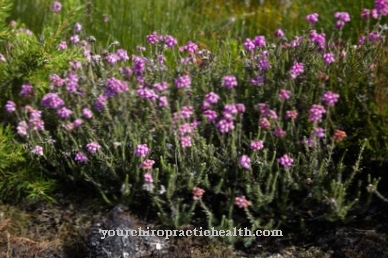
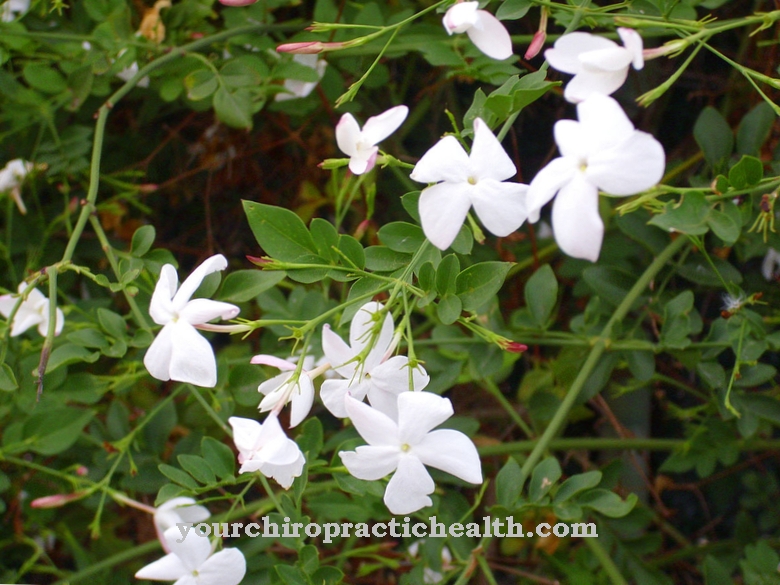
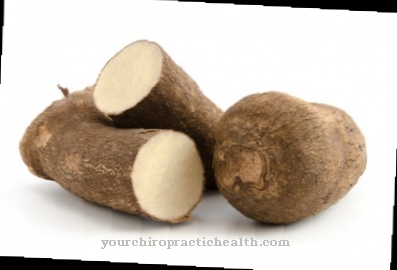
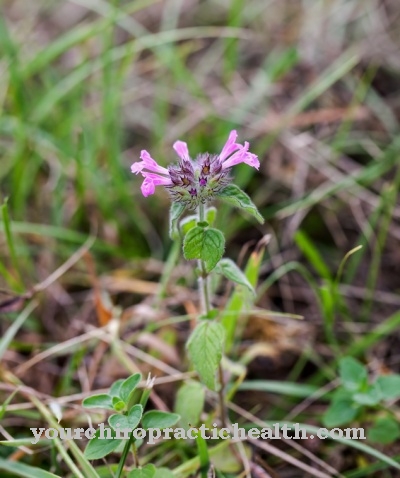
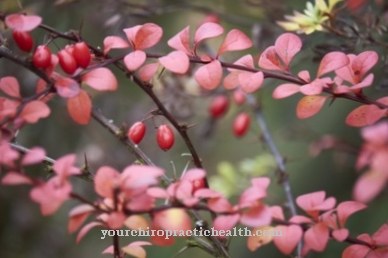


















.jpg)



